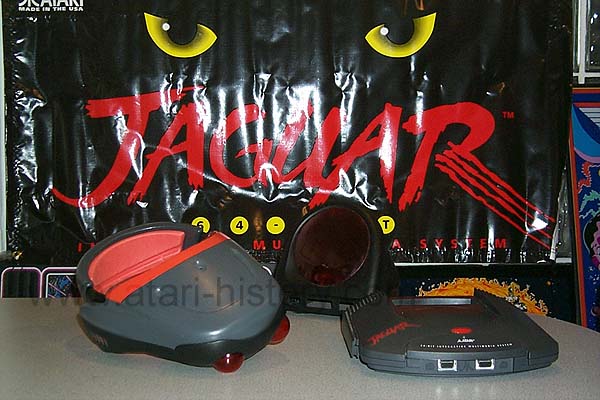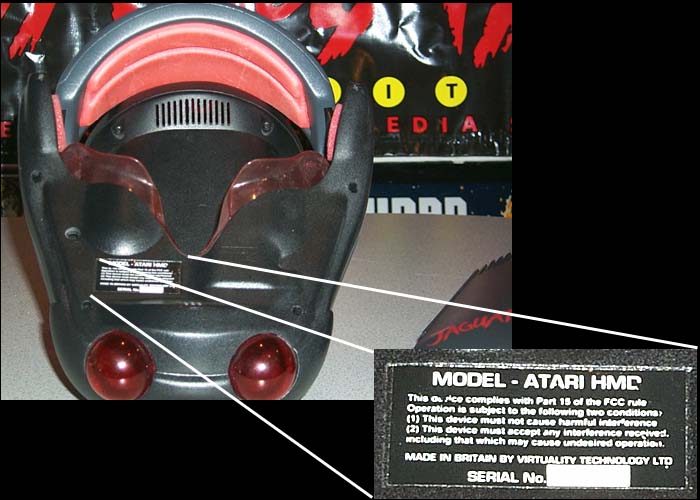JagVR System


The Atari Jaguar 64 since its first introduction in 1993 boasted the possibility of games so powerful and complex that the system would have the capacity of playing multiplayer games, games over a modem and even Virtual Reality games. Atari partnered with Virtuality Systems to design a consumer level and cost VR system that would work through the Jaguar 64's high bandwidth DSP (Digital Signal Processor) port and allow gamers the ability to play fully immersed VR games for under $300. In 1995 at the E3 (Electronic Entertainment Expo) Atari had a full display of its flagship peripheral product and Virtuality Systems even did a full demo of the system for AEO (Atari Explorer On-line)
In
order for the VR headset (HMD: Head mounted display) and controller to
track and interact with the Atari Jaguar 64, all of the components would
be connected into the Tracking Transceiver which would perform many
functions such as communicating angle and speed of movement of both the
Jaguar VR headset and of the game controller, both of which would perform
their tracking and angle communication through a cluster of Infrared LED's
in the HMD, game controller and Transceiver. Several
cables would run from the Transceiver to the HMD and to the game controller
providing power, video and audio.

Unfortunately the Atari JagVR never made it to market. Some claim the system made people dizzy and/or gave them nauseous, others claim that Virtuality Systems could not deliver the system at the price Atari had required and was already publicly mentioning in its ads and in interviews to the press. Virtuality systems did deliver a coin-op/arcade version of its VR system using Missile Command 3D, the only known Atari Jaguar 64 video game to supposedly have the necessary code to communicate with the JagVR system. Virtuality Systems was bought out by a larger firm and no longer exists. Although what is shown in the above pictures are just mock-ups of the JagVR system, there is a complete and hopefully functional system that does exist (the system is being worked on at this moment by its owner to make it functional again) which is owned by Theodore Rusniak, an avid Jaguar 64 enthusiast.